It has been exactly a month since I took delivery of the SB2. Investigating the history has been what I can only describe as a roller coaster ride. Information just keeps on coming in and it is both wonderful and fascinating. I put a post on the Facebook ‘Bimota UK FB page’ asking if anyone knew any information on the Bill Smith 1978 TT F1 SB2 bike. This was before I had made contact with Bill himself. To my surprise, I receive an email to my work address, from Bimota enthusiast Fedor van de Pol who is not on Facebook but had come across the post. He had written a research piece on this very bike merely a year ago. The conclusion to the fantastic article he wrote says “Unfortunately it is unknown what became of the Bimota Suzuki SB2 chassis that took part in the 1978 TT Formula 1.”
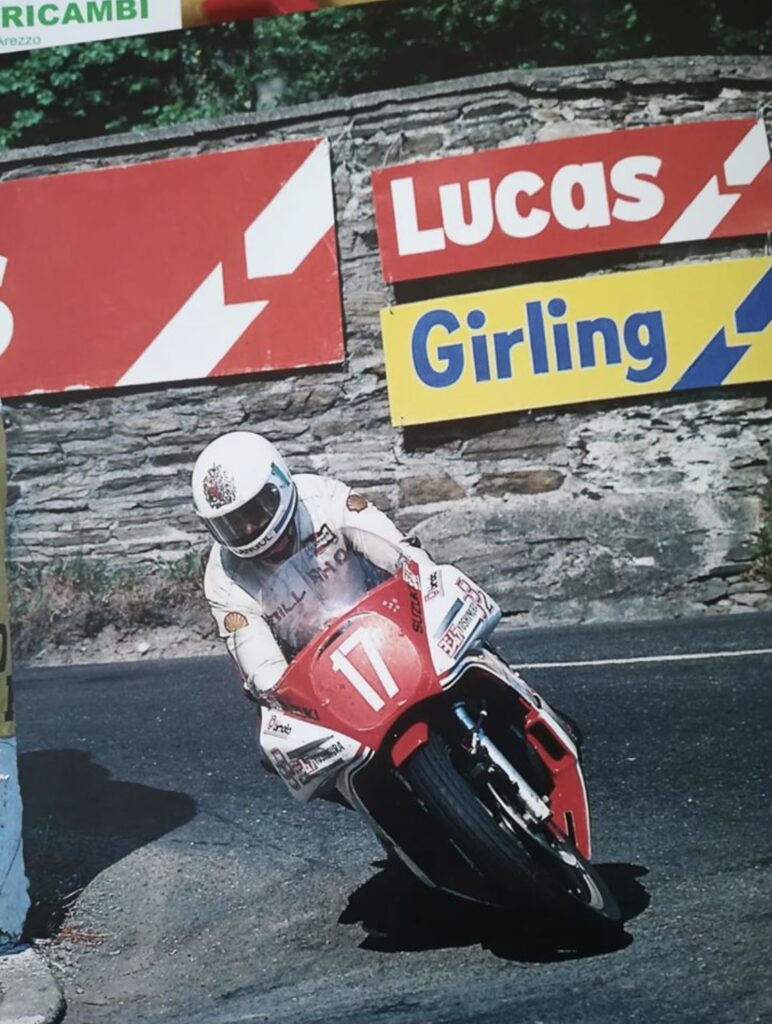
His piece included many wonderful photos but has never been published due to potential copyright issues with the pictures. Without the photos the article would lose much of its impact. It did point me to some pictures that I hadn’t previously seen that were in the public domain as well as the ones that weren’t.
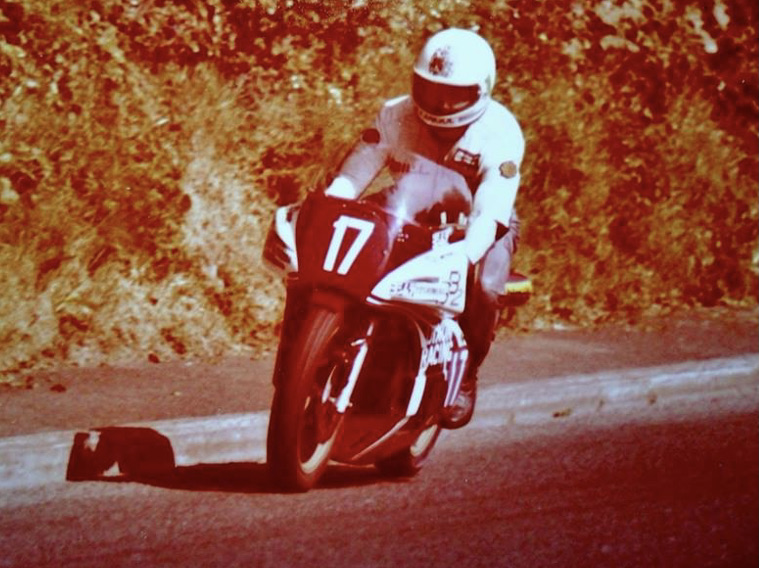
Of particular interest, was something I hadn’t previously noticed about the TT bike. With Bill being old school British and weaned on right foot gearshift, this bike had been converted so that the brake pedal and gearchange were on opposite sides.
This was incredibly interesting because it explained some damage that I had found on the underside of my frame which at the time of discovery I couldn’t understand how it could have happened.
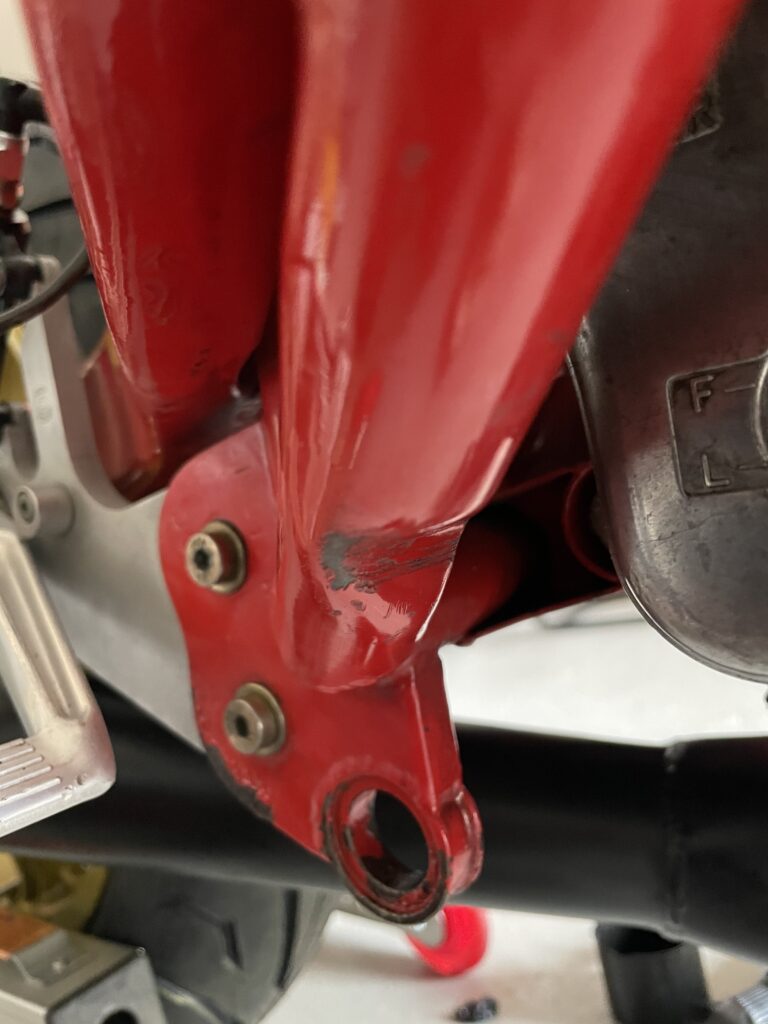
The brake pedal was quite a way from the point of damage and could not have caused it. A close up image of the SB2 in Silverstone trim, reveals the gearchange setup on the right…
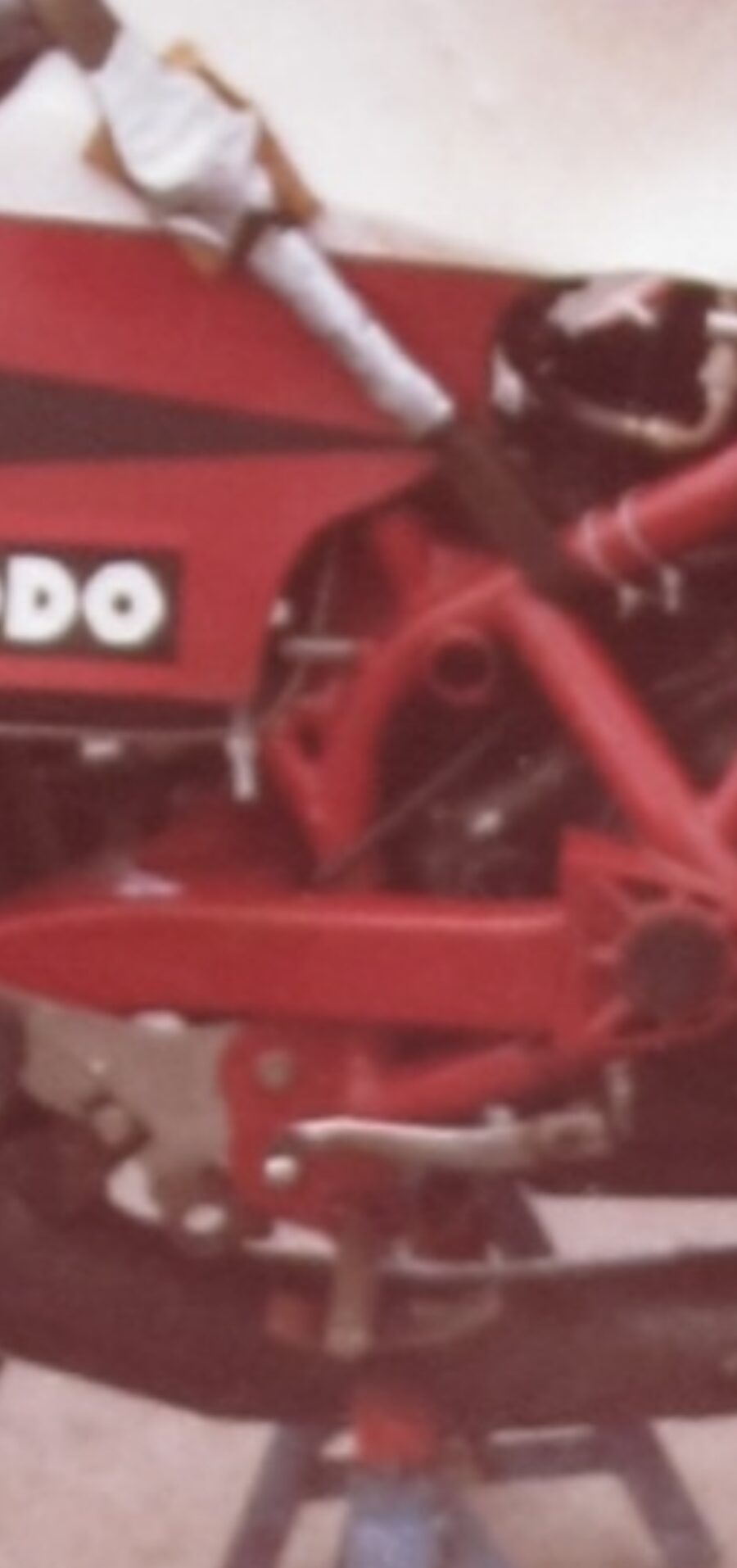
I imagine that this setup employed a cross over rod. From research I learn that many other SB2 ‘s feature the ‘relieved’ section in the Chromoly chassis tube. It would not surprise me in the least if Tamburini incorporated this by design given his racing chassis design background. Either way, the siting of the gear changer is exactly where the marks occur on the chassis and the marks bear testimony to this day to the right hand shift.
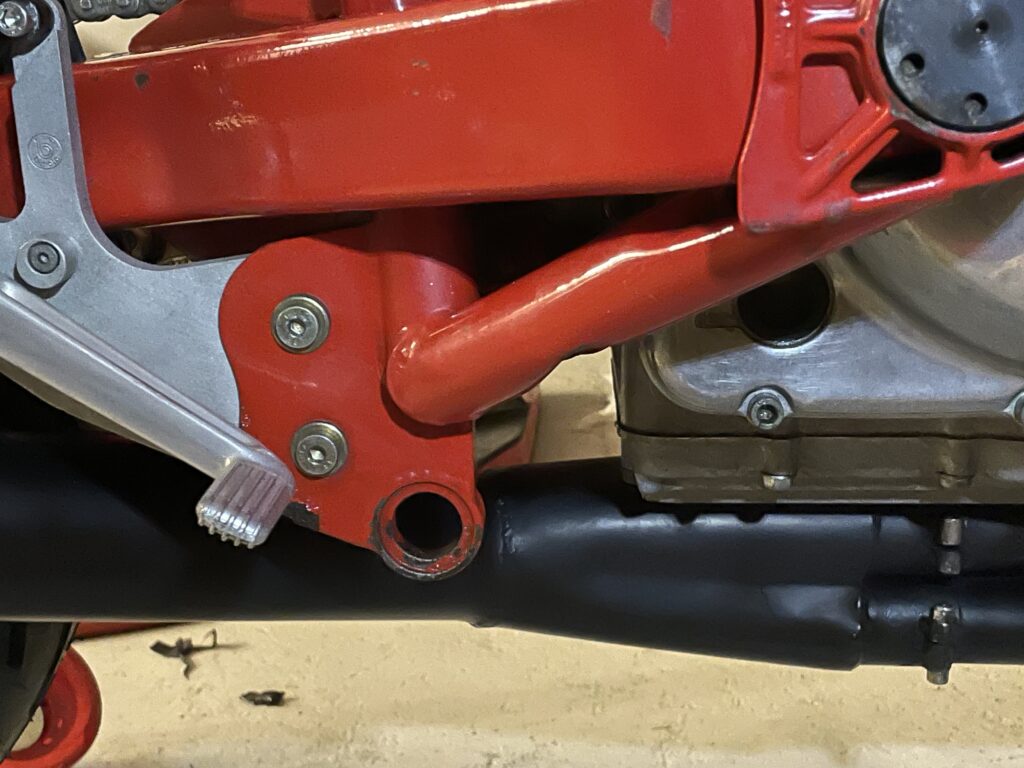
I’m grateful that the chassis has never been refurbished and is totally original, having these tell tale signs 43 years later, perfectly corroborates the provenance of this machine.
There is further evidence of it’s racing days also. In race trim, the bodywork was fastened down with straps wrapped around the tubular chassis bars.
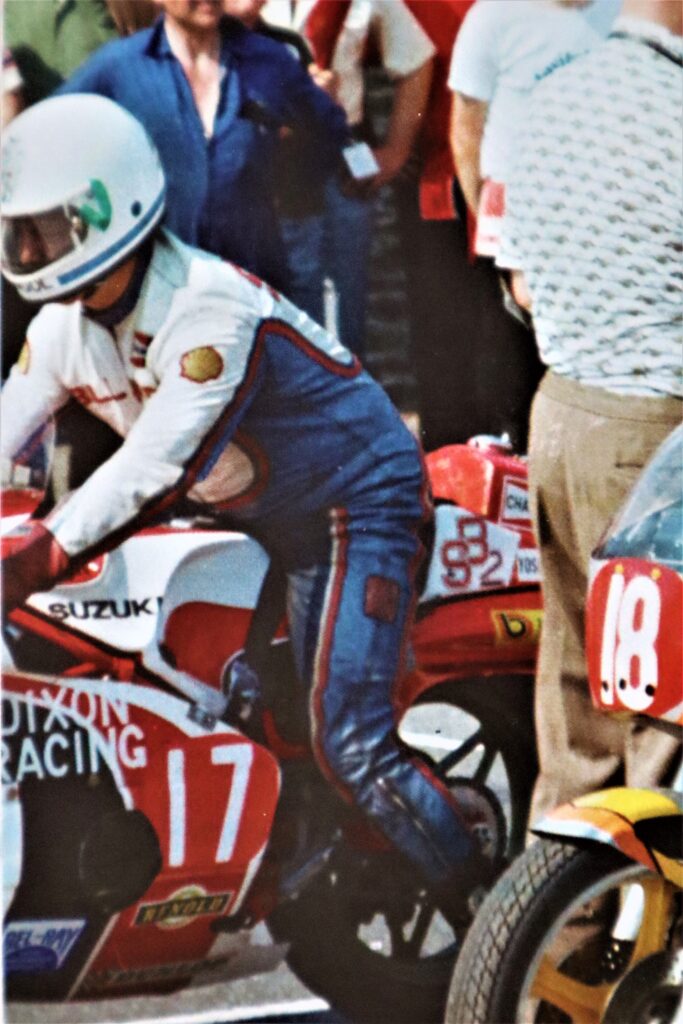
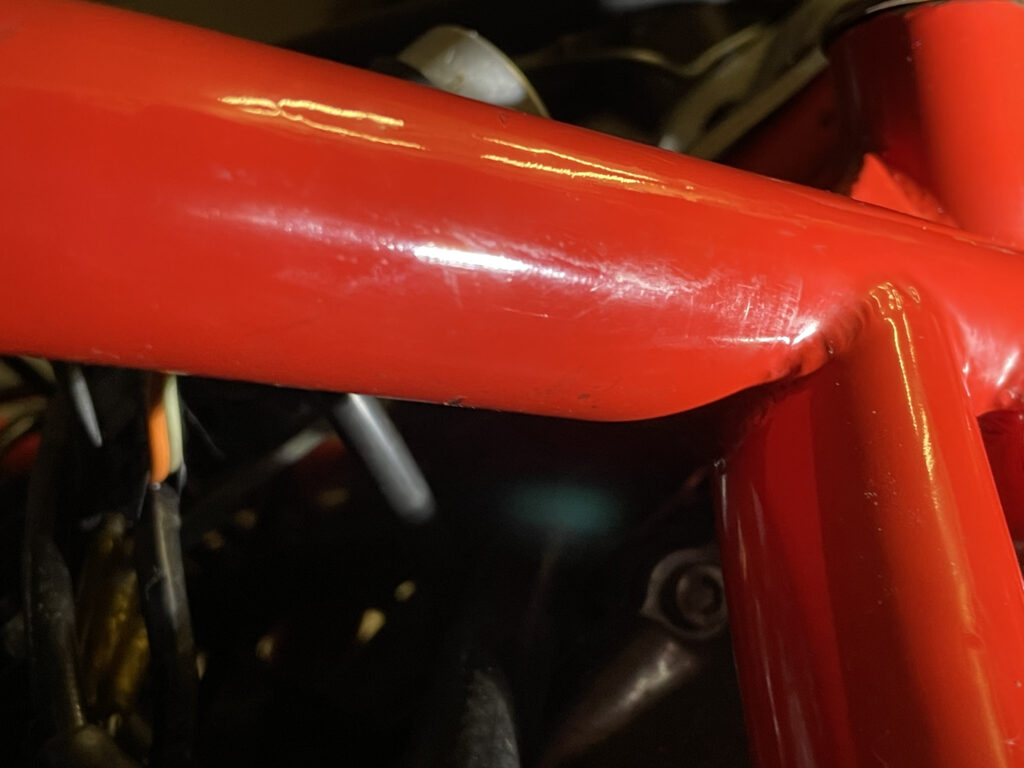
Straps marks are still visible to the chassis. These rubbing marks only occur at this point, the rest of the chassis bars are unmarked.
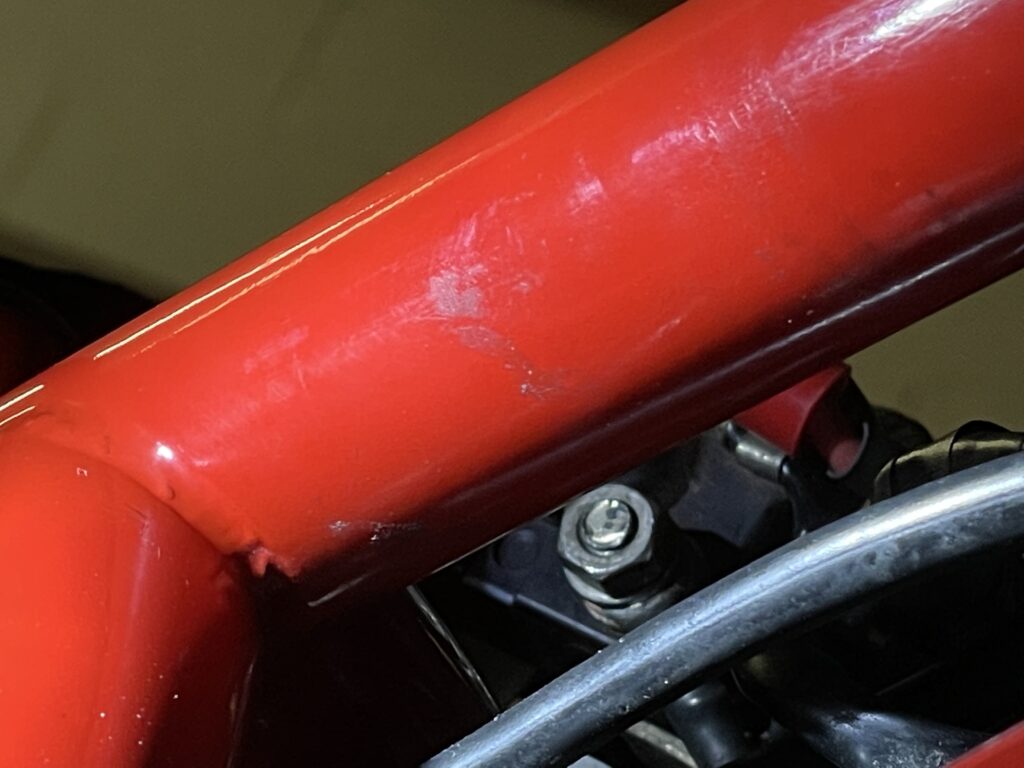
The right hand side also has corresponding marks where the straps were positioned.
With the rear brake reservoir relocated on its proprietary bracket but on the opposite side now, there is evidence where the mounting bolts for this would have come into contact lightly with the swingarm, likely under compression.
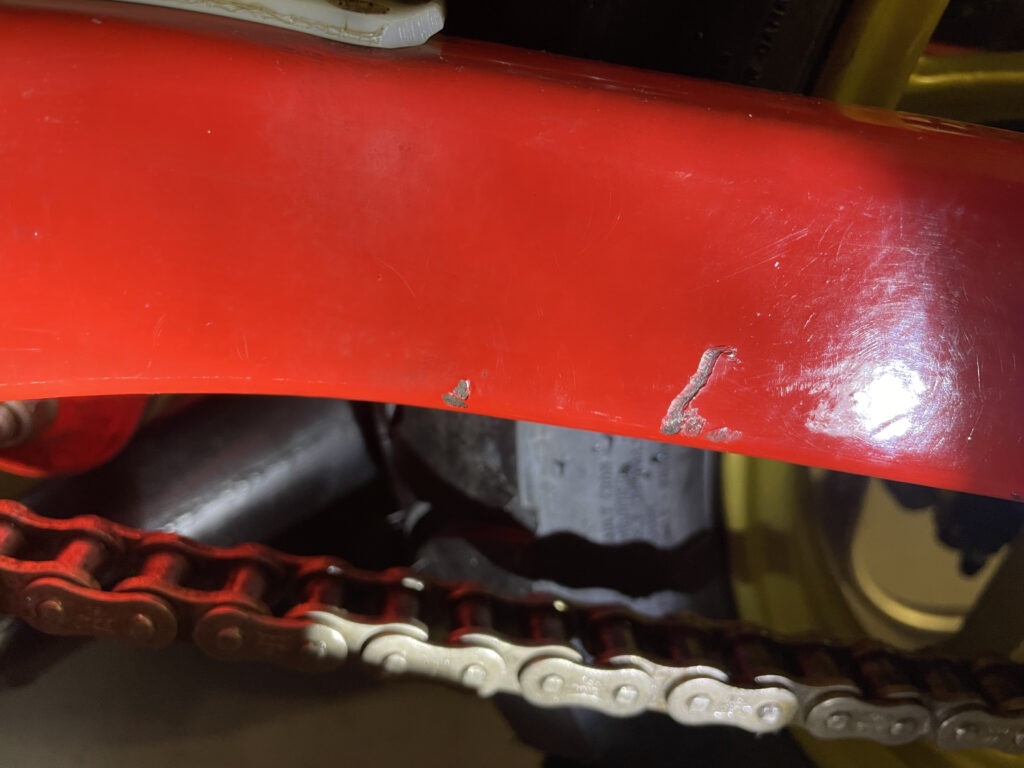
With the tail now removed from the bike and carefully laid on the garage floor, I can now take proper photos of the modified fuel system on this SB2. Below is a reference photo sent to me by a fellow SB2 owner. It shows how the fuel system should have looked…or not…because the one piece main tank with incorporated saddle tanks is totally encased in fibreglass and invisible. You can notice where the rear tyre has contacted with the tail unit and it shows how thick the original tail unit is.
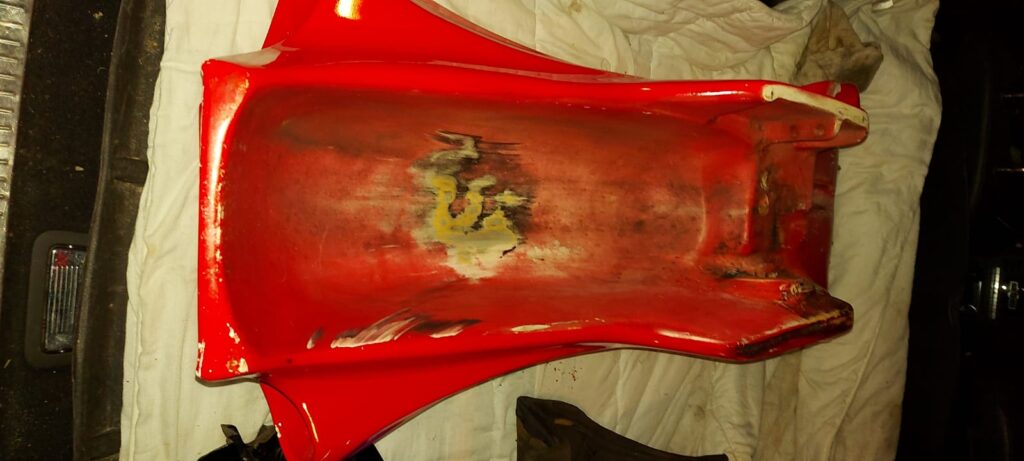
This unit would have housed a one piece fuel tank made in aluminium and shaped to include the saddle tanks on either side as a single unit.
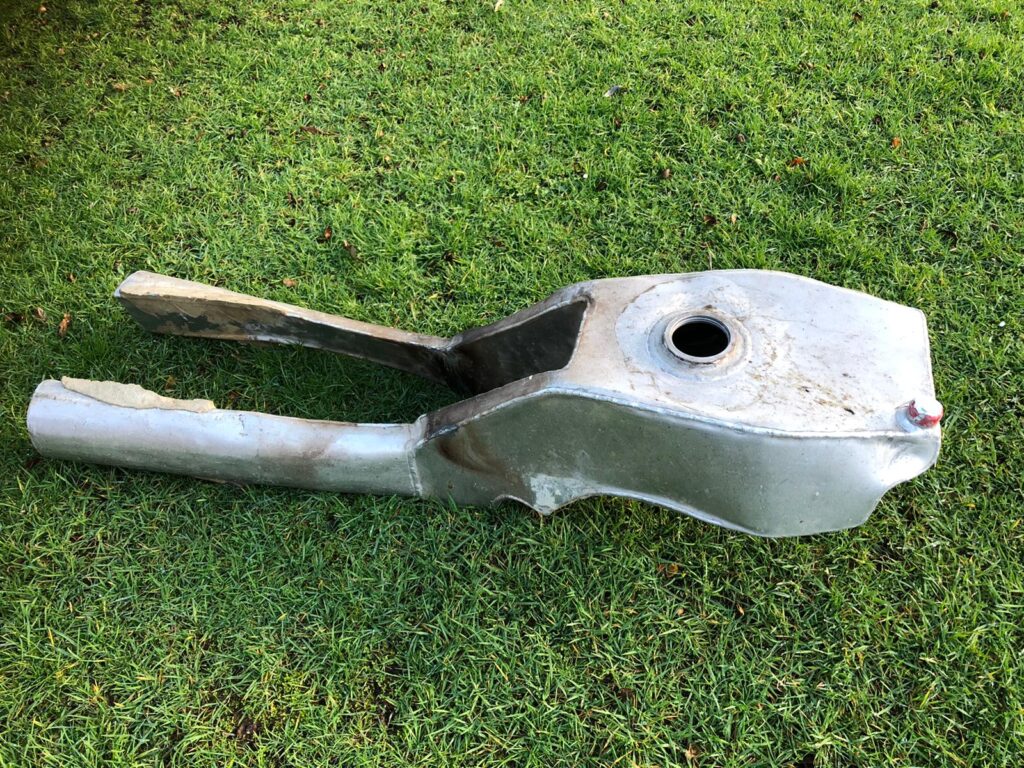
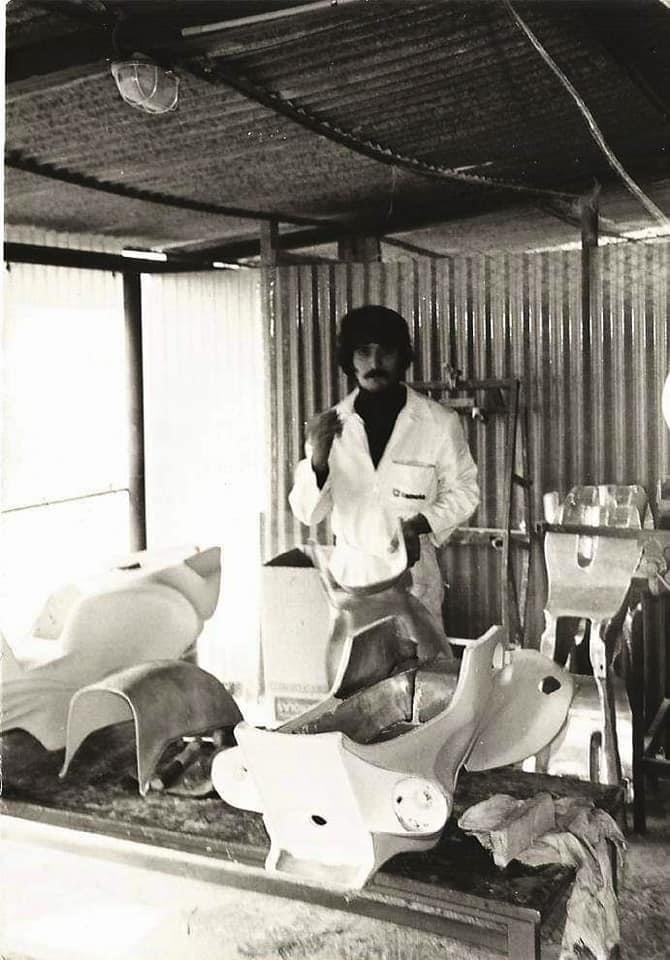
This is the fuel system on SB2 #094
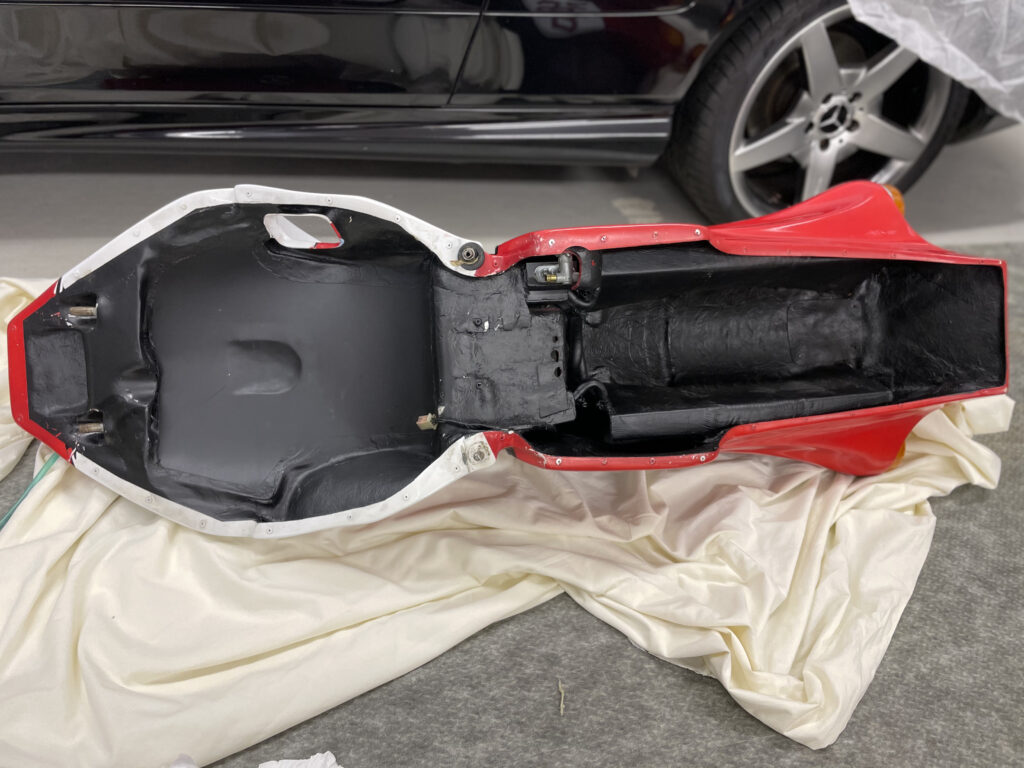
The whole underside is modified from the base of the main tank to the separated saddle tanks that are now detached and incorporate balance pipes at the front and rear between them.
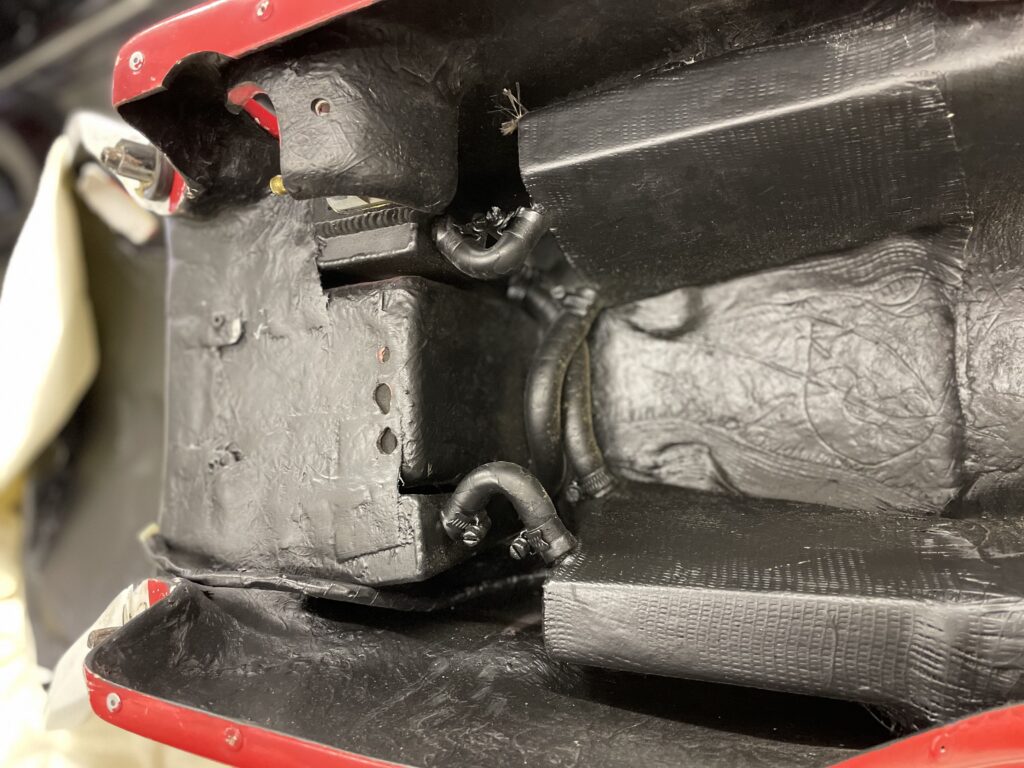
The standard tank unit has an inherent weakness where the fuel tank can split at the point that the saddle tanks meet the main unit.
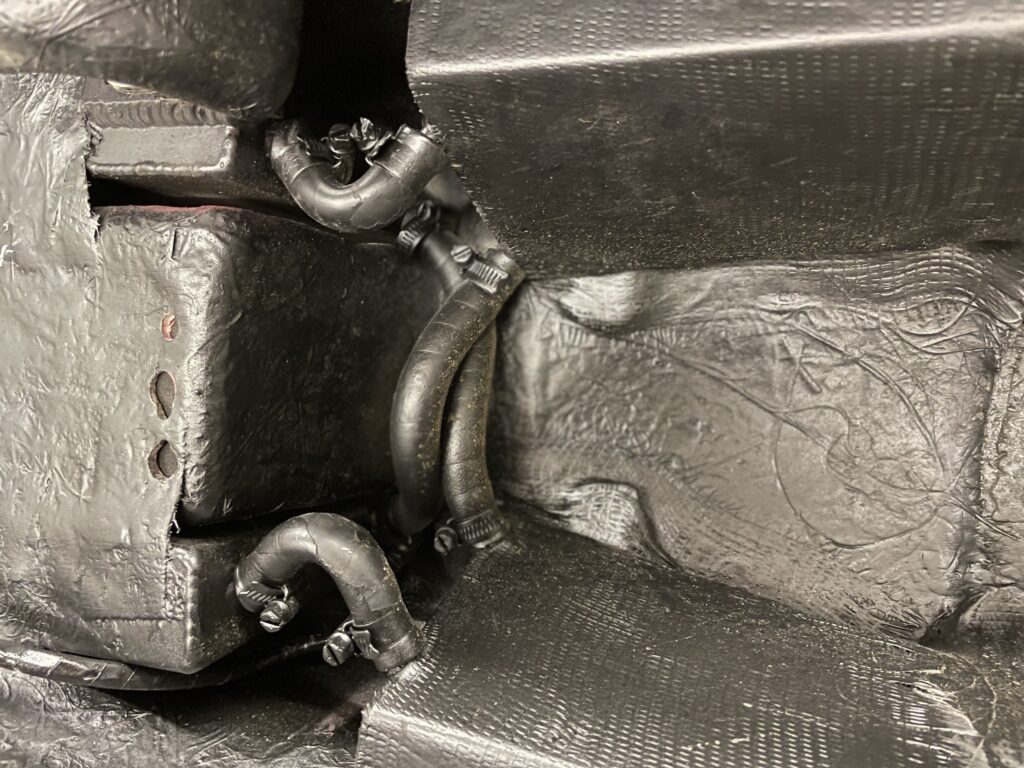
By separating the tanks, any flex will not result in a cracked fuel tank while the balance pipes are connecting the saddle tanks to the opposing sumps on the main tank unit.
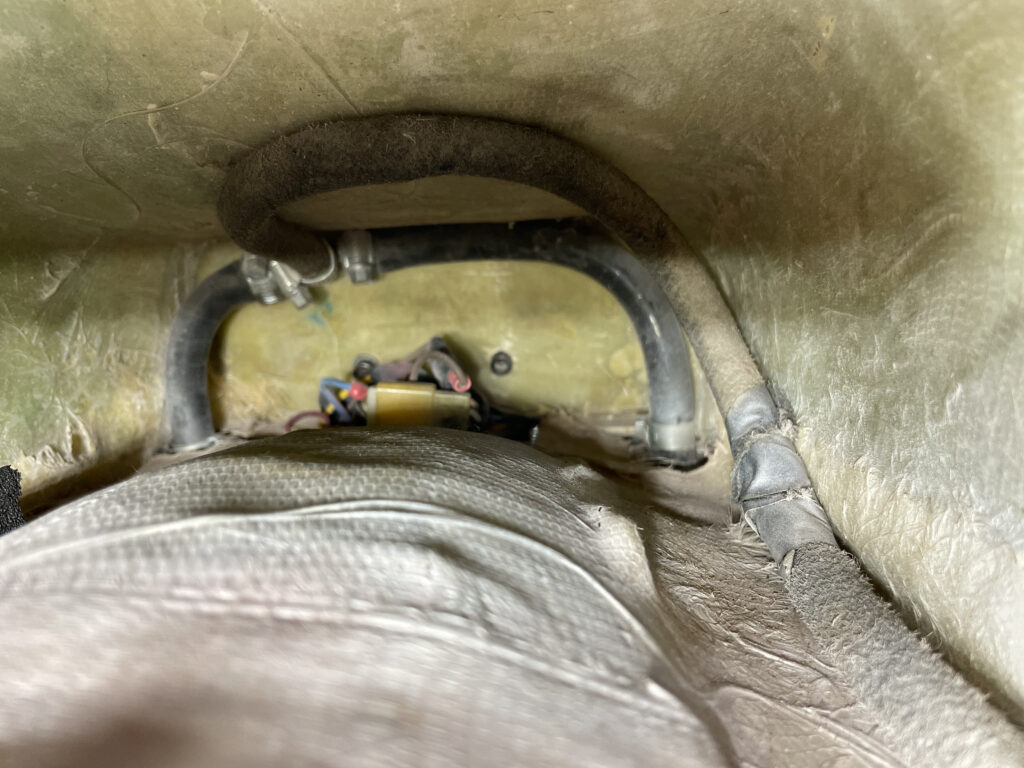
In the rear of the tail there are further crossover balance pipes between the saddle tanks. The additional hose that is tee’d in tucks down into the depths of the seat unit but it leads nowhere.
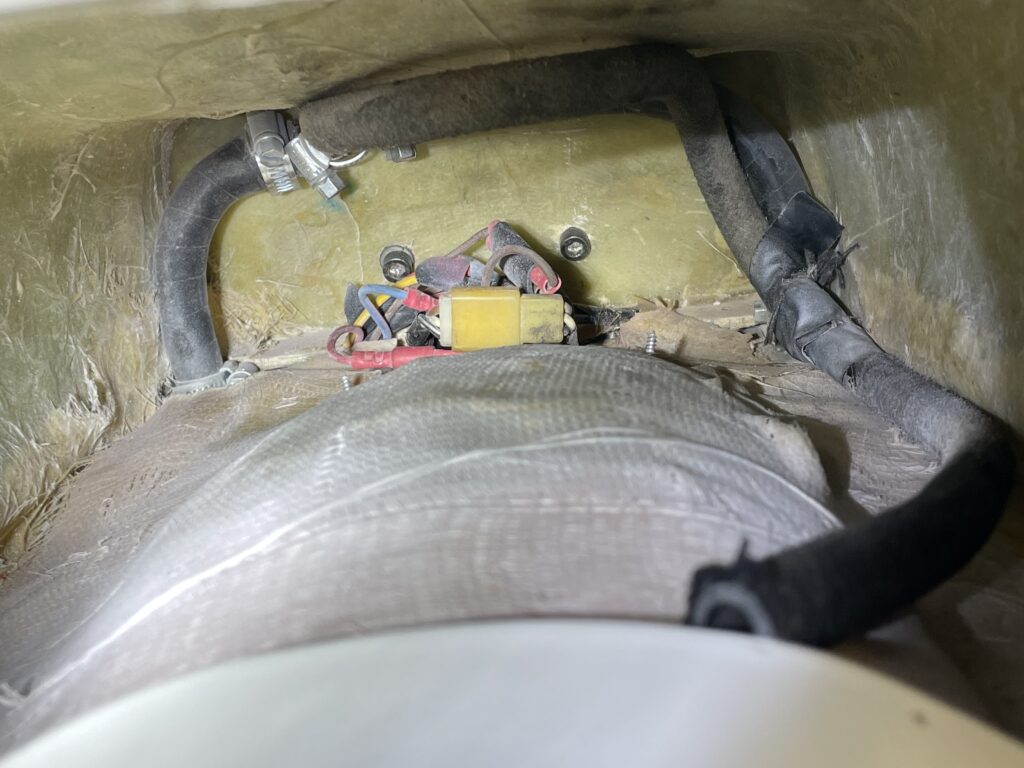
I retrieve it and confirm that it is completely open. Blowing compressed air down it send the air straight out of the breather at the front of the main fuel tank.
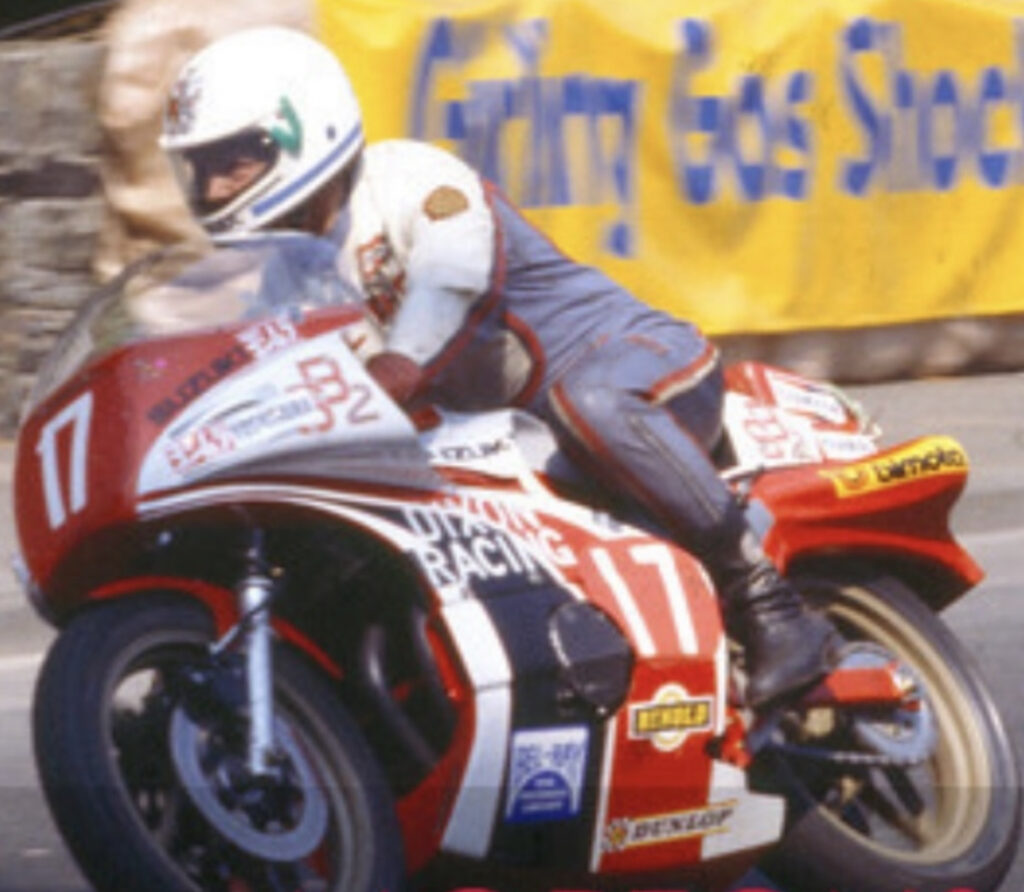
This would have transferred fuel from the tail mounted auxiliary tank and fed it into the saddle tanks back in the day. There is black tape wrapped around the hose still where it would have exited the bodywork.
By another happy coincidence, another line of enquiry on the Bimota forum asking about ‘Galleria Bimota’ in Cranleigh who were the importers in the 90’s and who sold this ex Dixon bike in 1997, yields an unexpected response.
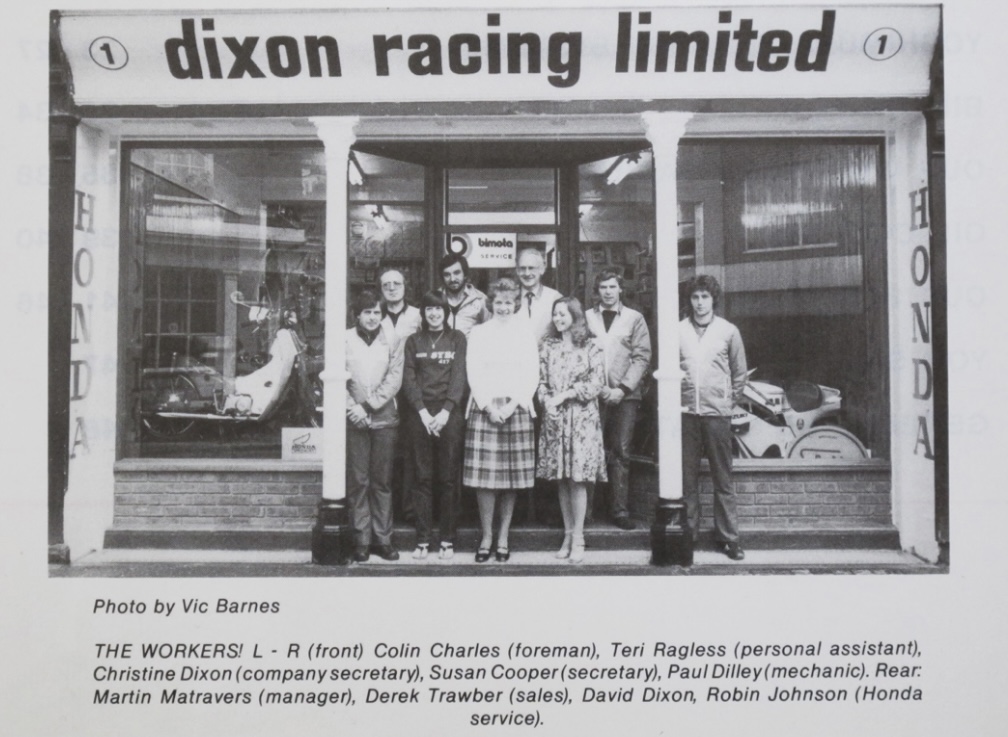
Enter Colin Charles into the frame. Colin was the workshop manager for Dixons Racing in the late 70’s until the 80’s. He built all of the Dixon Bimotas including the Elvington title winning SB2/80 and SB3 and….. worked on an SB2 race bike for TT rider Bill Smith!!
Colin has the most time enduring archive of all time, hand written notes that he has kept to this day. He is able to provide a whole new angle of information and some fascinating insight as well as sharing some wonderful experiences.
I learn from Colin that the bike was sold to Bill Smith on the 15th May 1978. It had the special Yoshimura engine which his notes say was 944cc but he is sure that it was 984cc. The engine was over bored and had a stroked crankshaft. After it blew up (at the TT) the crankshaft was shot and fitted with a standard crank making it 944cc. The bike was converted to r/h gearchange and l/h brake. Colin had just joined Dixon Racing and did not have anything to do with the bike until later.
His detailed entries included information of when and where it raced and other notes;
25th May 1978, practice at Oulton Park, front brake leaked, seat/tank cracked.
Bob White (Suzuki Chester) prepared the bike for IOM.
3rd June 1978 IOM F1 TT race, failed after 1 1/2 laps as No.17.
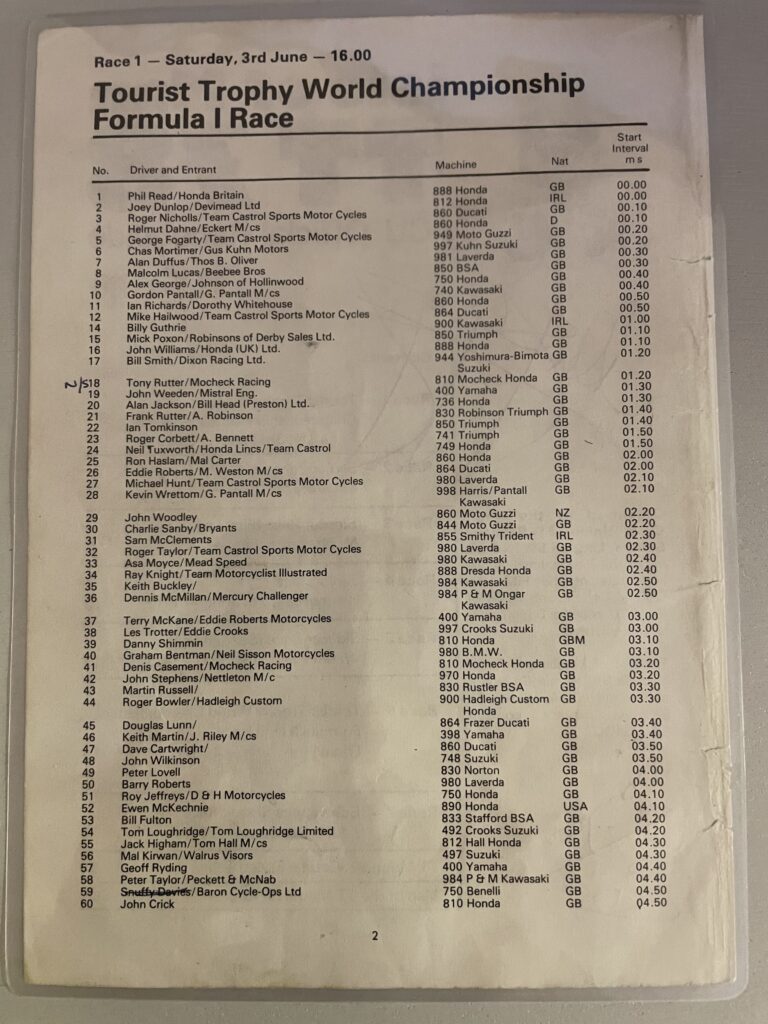
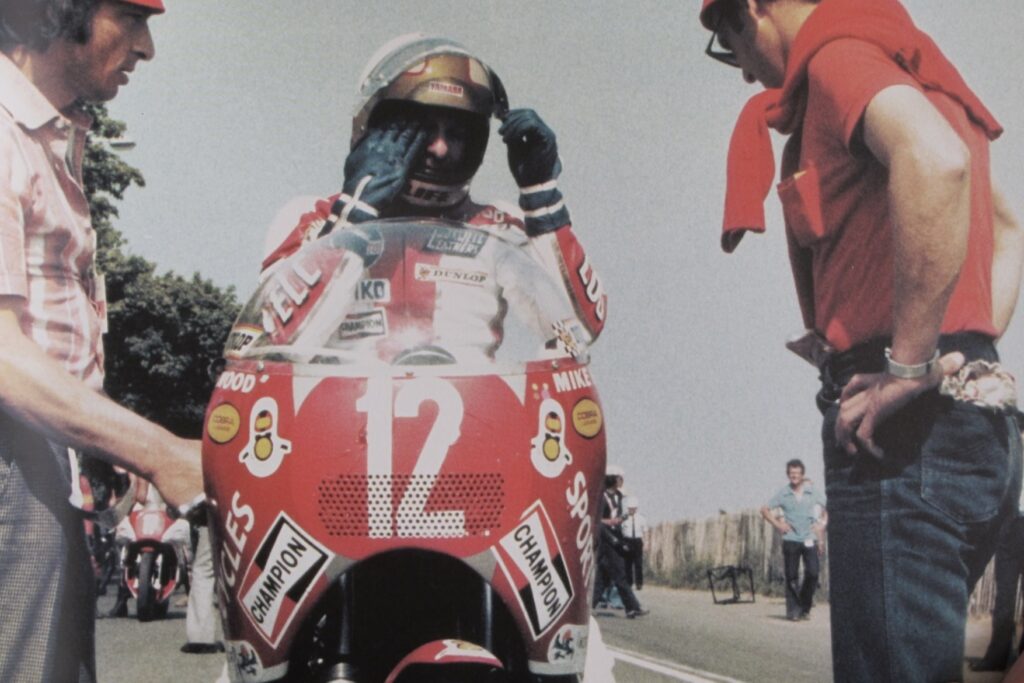
1978 Ulster GP practice, fastest lap in practice at 168mph.

Crankshaft snapped, did not race.
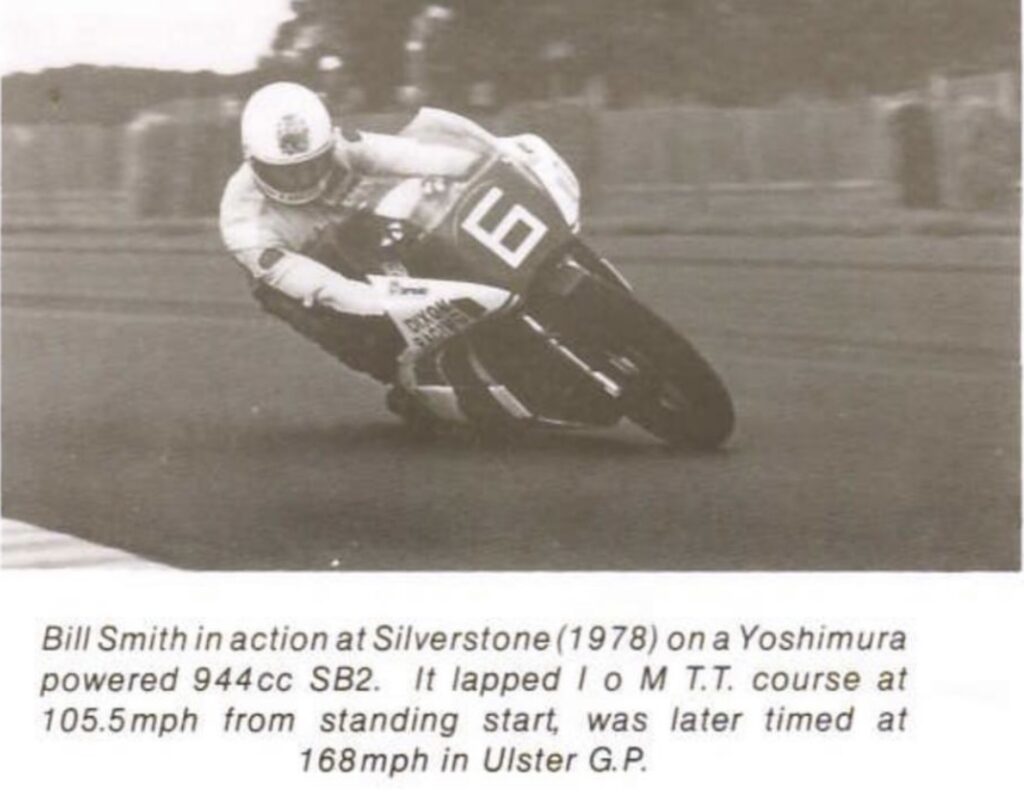
Silverstone GP raced but problem with front brake, finished 10th.
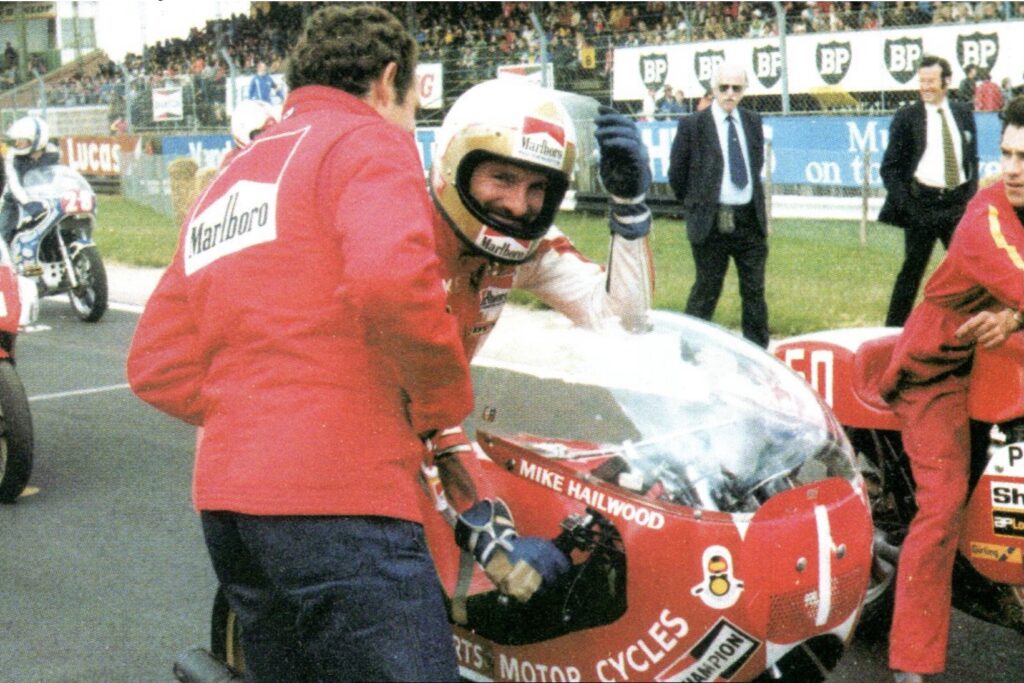
Brands Hatch 28th October 1978 raced by Bob Smith (no relation) finished 12th after a bad ride.
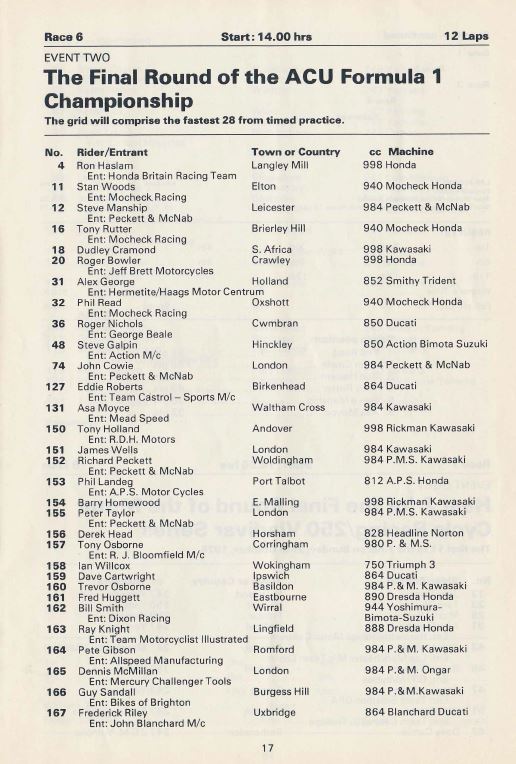
The race engine from this bike was subsequently fitted to the Dixon Racing record setting Elvington SB2/80 road bike so they could continue their development.
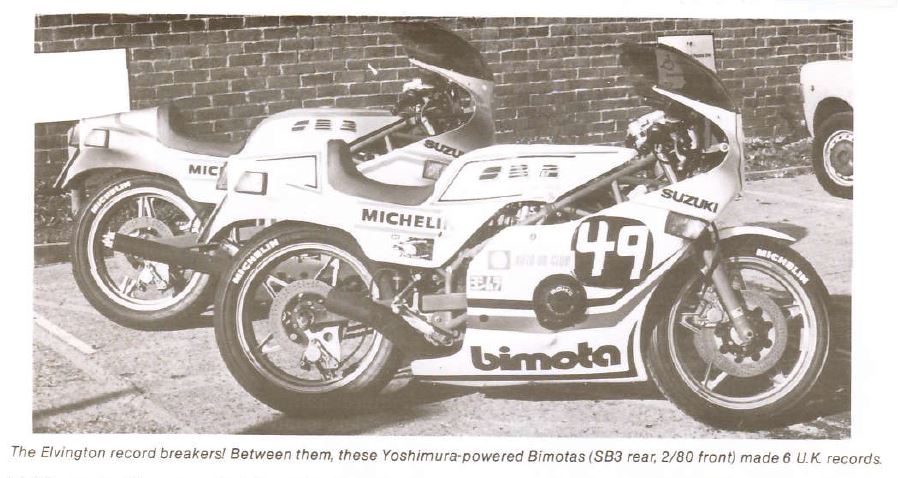
I understand from Colin that Yoshimura ran the engines very highly strung, the idea being that it only needed to hold together long enough to finish a race, twice it didn’t, although as reported by Bill Smith, it was a very fast bike and in fact the bike that came second to Mike Hailwood at the TT was John Williams on bike No.16, who in that TT was running first on the road, both Tom Herron No.18 in second and Bill No.17 in third had gained on him in the first lap alone demonstrating the available pace and hinting what could have been if the cam chain tensioner hadn’t failed in that race taking the crank with it!
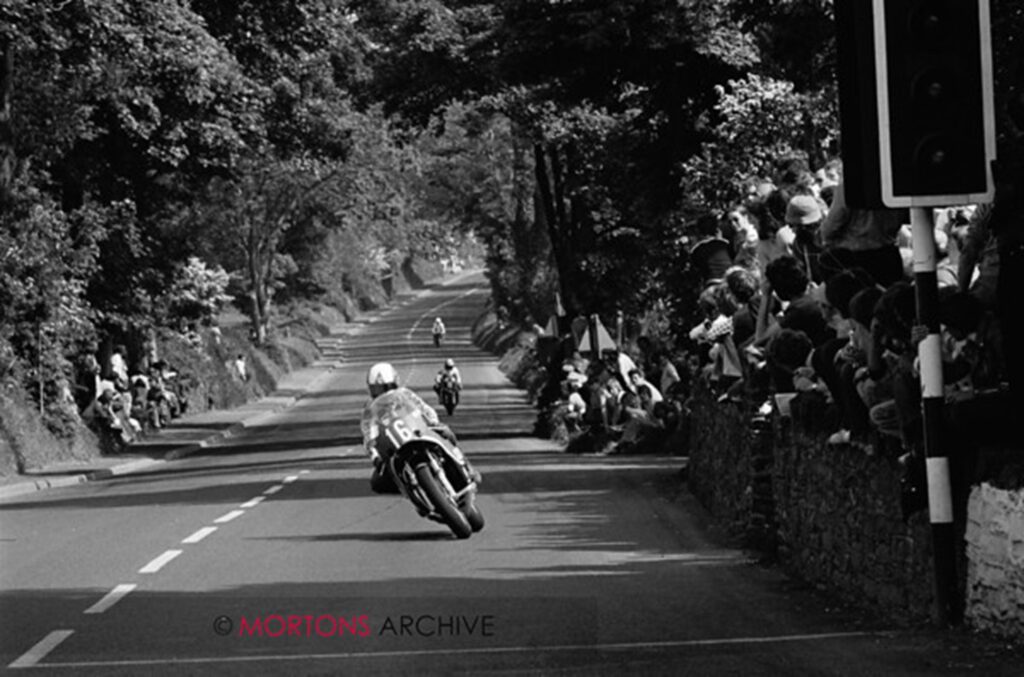
Tom Herron’s Mocheck Honda also failed in the race.
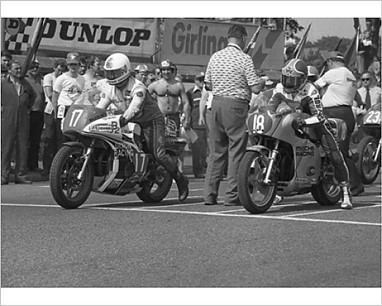
Colin later detuned the engine a little for reliability while still setting the Elvington records and the old SB2/80 is still around to this day. Bill’s bike was subsequently fitted with the Dixon Racing upgraded Yoshimura 850cc GS750 engine and Lockhart oil cooler as fitted to the other fully optioned Dixon customer bikes.

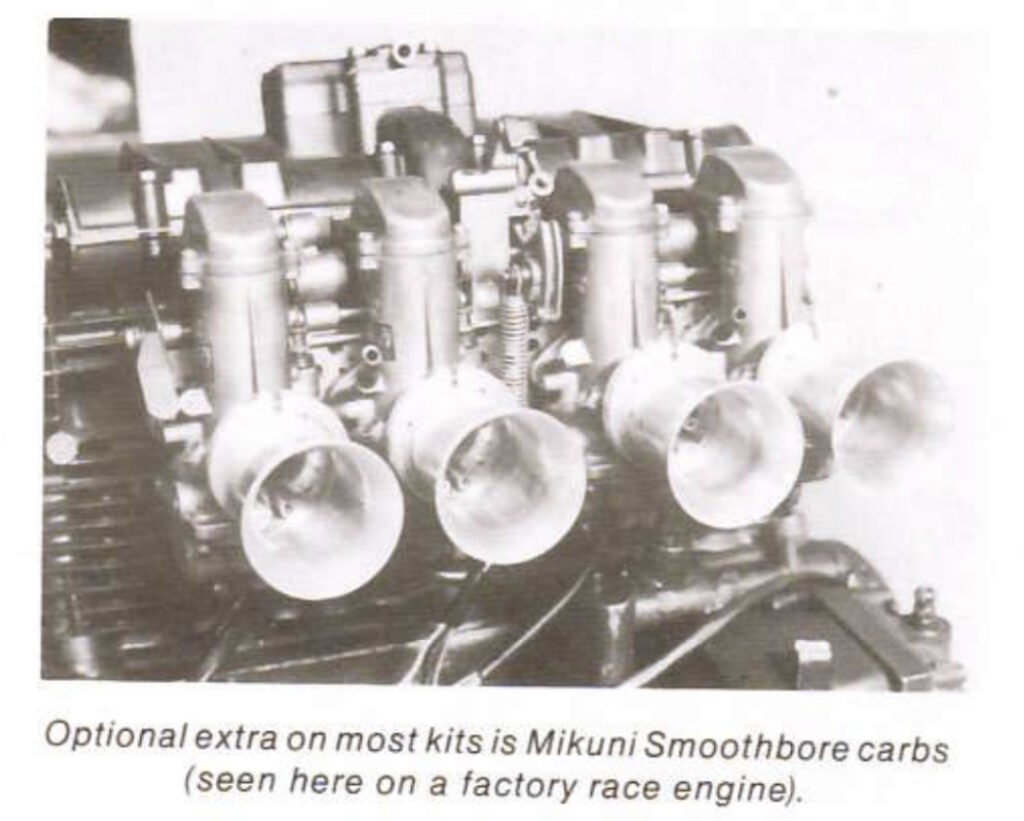
Given the frequency with which the highly strung Yoshimura engine was failing, I’m perhaps grateful that a less highly strung lower maintenance unit was installed, complete with the Mikuni Super carbs.
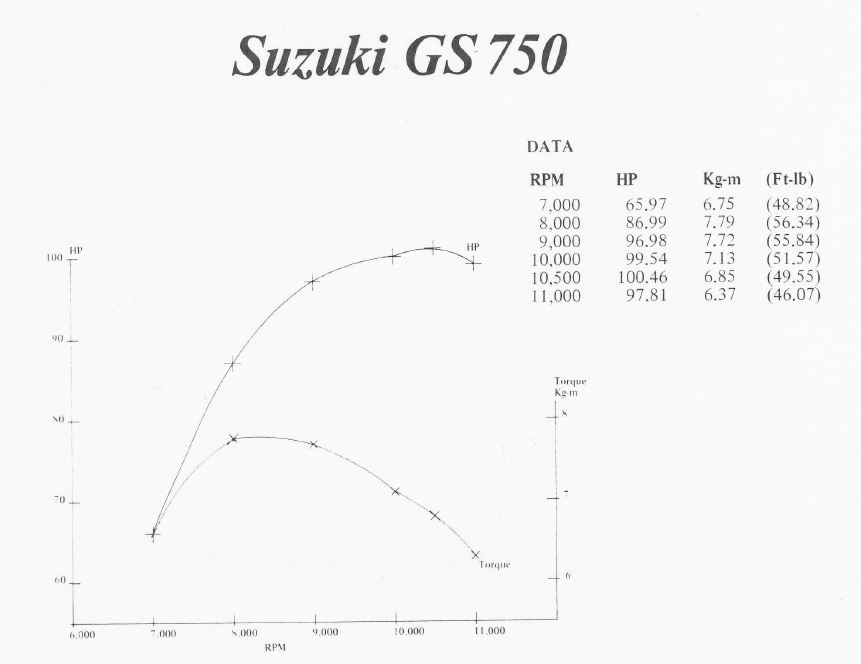
Once again, the quality of information available for something that occured over 40 years ago continues to astound me and that is testament to the passion and dedication of those involved. For this latest update, I owe a special thanks to long time Bimota enthusiast Fedor van de Pol and Colin Charles (ex Dixon Racing) for reaching out to a post on the Bimota Forum. Thank you both so much for the information, interest and support you have provided on this rollercoaster journey.
